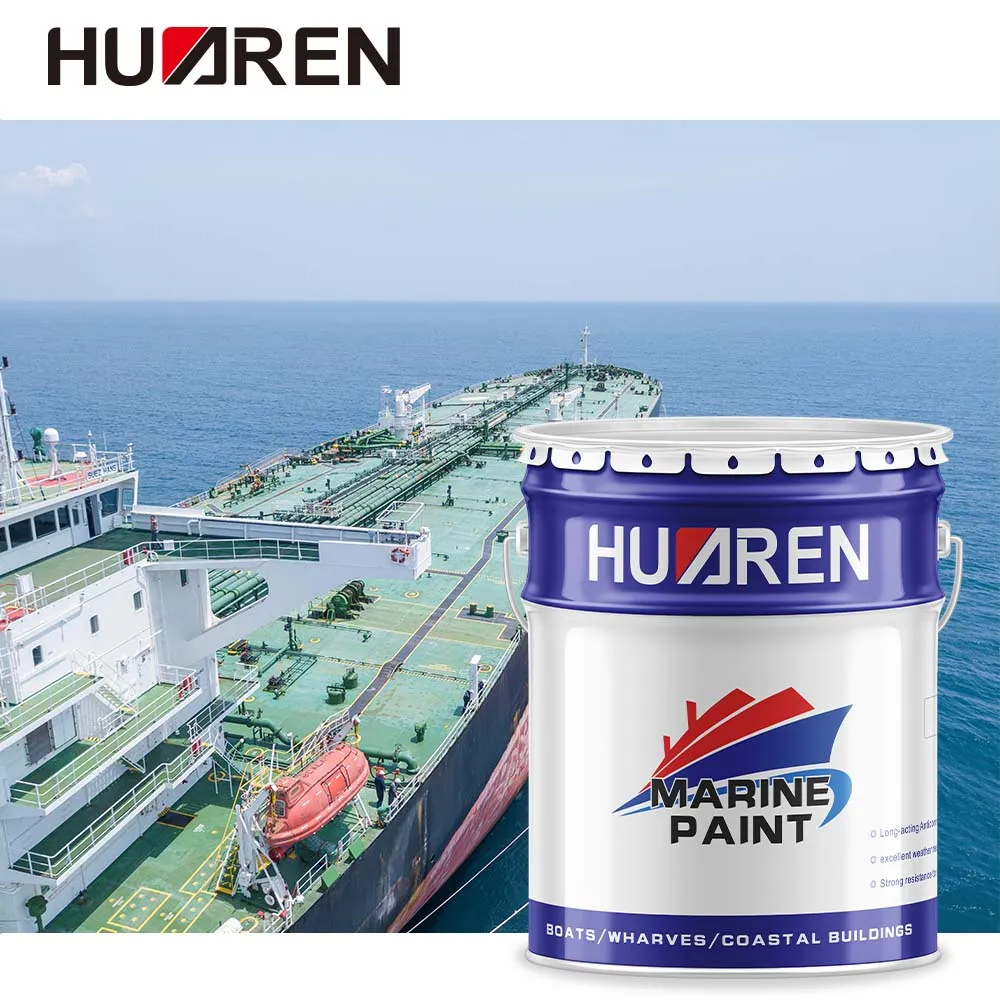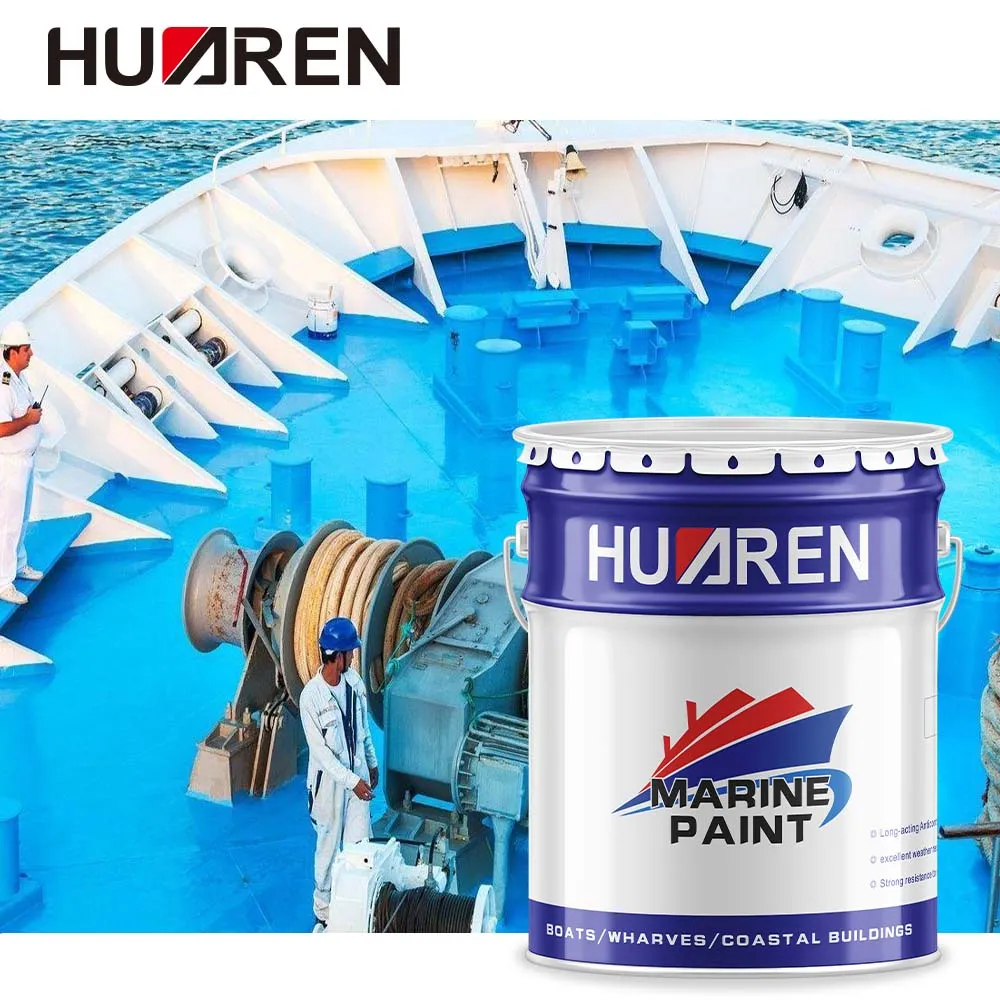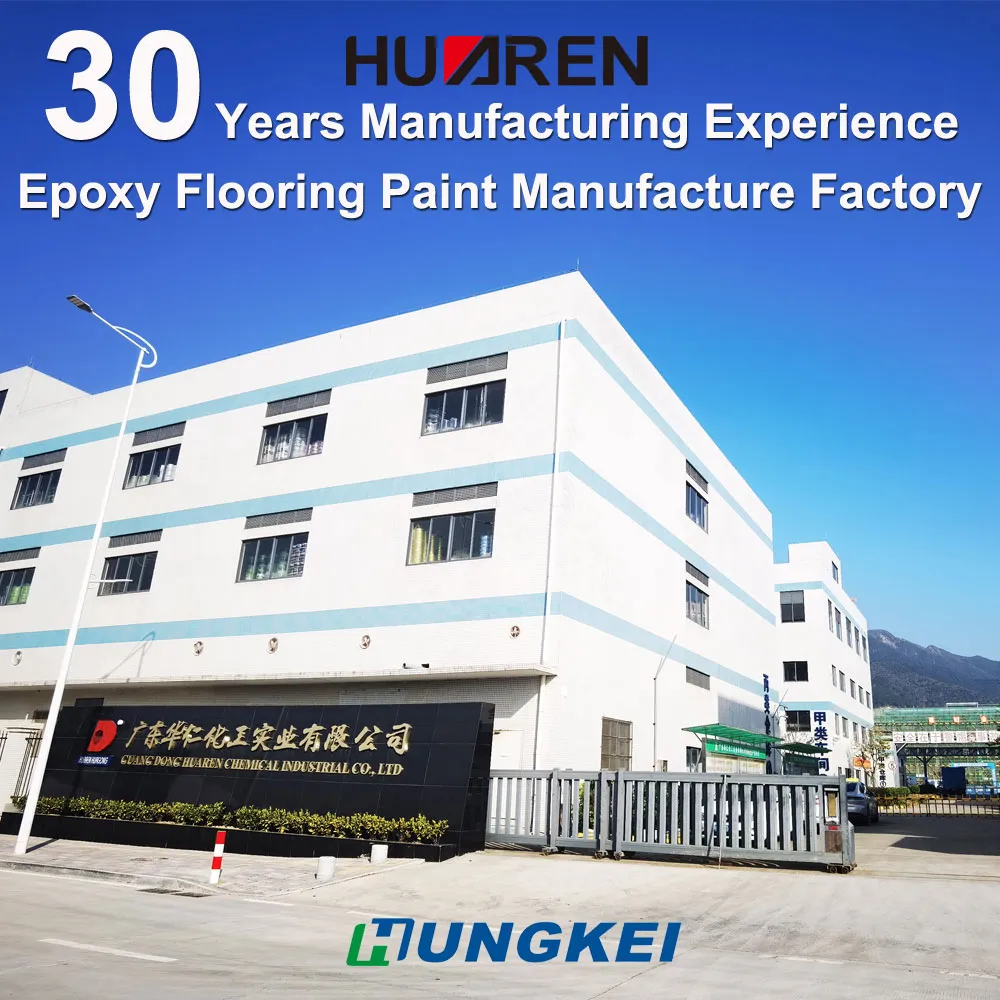Ship antifouling paint is an indispensable and important material in ship maintenance. Its main function is to prevent marine organisms from attaching to the hull and ensure the efficient operation of the ship in the water. Different types of antifouling paint are suitable for different environments and ship types. It is crucial for ship owners and ship operators to understand the types and characteristics of these antifouling paints.
This article will introduce the main types of ship antifouling paints and their respective characteristics and scope of application in detail.

What is the principle of ship antifouling paint?
Antifouling paint prevents marine organisms such as shellfish, barnacles and algae from attaching to the hull by releasing biocides. These biocides are gradually released in the coating to form a protective layer that effectively prevents the attachment of marine organisms.
What types of ship antifouling paint are there?
The main types of ship antifouling paints are:
1. Conventional Antifouling Paints
2. Self-Polishing Copolymer Paints (SPC)
3. High-Performance Antifouling Paints
4. Non Toxic Antifouling Paints
5. Hydrophilic Antifouling Paints.
1. Conventional Antifouling Paints
Conventional antifouling paints are the earliest type of antifouling paints, usually containing copper compounds or other biocides. Its main feature is that the antifouling effect is relatively general and needs to be repainted regularly.
● Ingredients: The main ingredients are copper oxide and other biocides.
● Advantages: Low cost, suitable for small ships with limited economic budgets.
● Disadvantages: Poor antifouling effect, requiring frequent maintenance and repainting.
2. Self-Polishing Copolymer Paints (SPC)
Self-polishing antifouling paints release biocides through the gradual wear of the coating to maintain a long-term antifouling effect. This paint is constantly polished while the ship is sailing to maintain a smooth surface.
● Ingredients: Contains active polymers and biocides, such as copper oxide.
● Advantages: Good durability, long-lasting antifouling effect, and reduced frequency of painting.
● Disadvantages: High cost, suitable for large ships with long-term voyages.
3. High-Performance Antifouling Paints
High-Performance Antifouling Paints usually contain organotin compounds, which have excellent antifouling effects and durability. However, due to the serious impact of organotin compounds on the environment, many countries and regions have banned or restricted their use.
● Ingredients: Contains organotin compounds, such as tributyltin (TBT).
● Advantages: Excellent antifouling effect and long service life.
● Disadvantages: Serious environmental issues, limited use, and special permission is required.
4. Non Toxic Antifouling Paints
Non Toxic antifouling paints prevent biological attachment through physical or chemical methods and do not contain harmful biocides. Common methods include ultra-smooth coatings and coatings containing special polymers.
● Ingredients: No biocides, using physical or chemical methods.
● Advantages: Environmentally friendly, harmless to marine life, suitable for areas with high environmental protection requirements.
● Disadvantages: The antifouling effect is relatively weak and the scope of application is limited.
5. Hydrophilic Antifouling Paints
Hydrophilic antifouling paints prevent biological attachment by absorbing water to form a hydration layer. The hydration layer formed on its surface has an inhibitory effect on biological attachment.
● Ingredients: Contains hydrophilic polymers and biocides.
● Advantages: Good antifouling effect and environmentally friendly.
● Disadvantages: High cost and requires regular maintenance.

What is the basis for selecting different antifouling paints?
1. Ship type:
Different types of ships have different requirements for antifouling paints. For example:
● Leisure yachts: usually used in freshwater or coastal waters, suitable for self-polishing antifouling paint or non-toxic antifouling paint.
● Commercial ships and fishing boats: sailing at sea for a long time, suitable for high-efficiency antifouling paint or self-polishing antifouling paint.
● Sailing boats and rowing boats: have high speed requirements, suitable for self-polishing antifouling paint or hydrophilic antifouling paint.
2. Navigation environment:
The navigation environment of the ship has an important influence on the choice of antifouling paint. For example:
● Freshwater environment: less biological attachment, but still need to prevent fouling, can choose non-toxic antifouling paint or traditional antifouling paint.
● Coastal environment: there are many kinds of marine organisms, suitable for self-polishing antifouling paint or high-efficiency antifouling paint.
● Open sea: long-term sailing, suitable for self-polishing antifouling paint or high-efficiency antifouling paint.
3. Economic factors:
The cost of antifouling paint includes purchase, painting and maintenance costs. Ship owners need to consider economic factors comprehensively and evaluate the long-term benefits of antifouling paint. For example:
● Limited budget: You can choose traditional antifouling paint or low-cost non-toxic antifouling paint.
● Long-term investment: It is suitable to choose self-polishing antifouling paint or high-efficiency antifouling paint to reduce long-term maintenance costs.

Antifouling paint painting and maintenance
1. Surface treatment:
Before painting antifouling paint, the bottom of the ship needs to be thoroughly cleaned and polished to ensure that the surface is flat and oil-free. This step is crucial for the adhesion and effect of antifouling paint.
2. Painting steps:
Depending on the type of antifouling paint and the manufacturer's recommendations, 2-3 coats of antifouling paint are usually required. A proper drying time should be maintained between each layer to ensure uniform adhesion of the coating.
3. Regular inspection and maintenance:
● Regular inspection: Check the status of the antifouling paint on the bottom of the ship every few months and repair damaged parts in time.
● Cleaning and maintenance: Clean the bottom of the ship regularly to maintain the effectiveness of the antifouling paint and avoid biological adhesion.
● Repainting: According to the service life of the antifouling paint and the condition of the bottom of the ship, repaint the antifouling paint at regular intervals to maintain the best antifouling effect.

Environmental protection and laws and regulations
1. Environmental factors: The biocides in antifouling paint have a certain impact on the environment, especially the high-efficiency antifouling paint containing organotin compounds. Ship owners need to choose environmentally friendly antifouling paint to reduce the impact on the environment. For example, choose non-toxic antifouling paint or low-toxic self-polishing antifouling paint.
2. Laws and regulations: Many countries and regions have strict laws and regulations on the use of antifouling paint, especially antifouling paint containing organotin compounds. Ship owners need to understand and comply with relevant laws and regulations and choose legal and compliant antifouling paint. For example, in some areas, antifouling paint containing organotin compounds may be banned, and ship owners need to choose alternative products that comply with local regulations.
Conclusion
In summary, choosing the right antifouling paint is crucial for the maintenance and operation of ships. Different types of antifouling paints are suitable for different ships and navigation environments. Ship owners need to consider the type of ship, navigation environment and economic factors comprehensively and choose the most suitable type of antifouling paint. At the same time, we need to pay attention to environmental protection and laws and regulations, choose legal and compliant anti-fouling paints, and reduce the impact on the environment.

